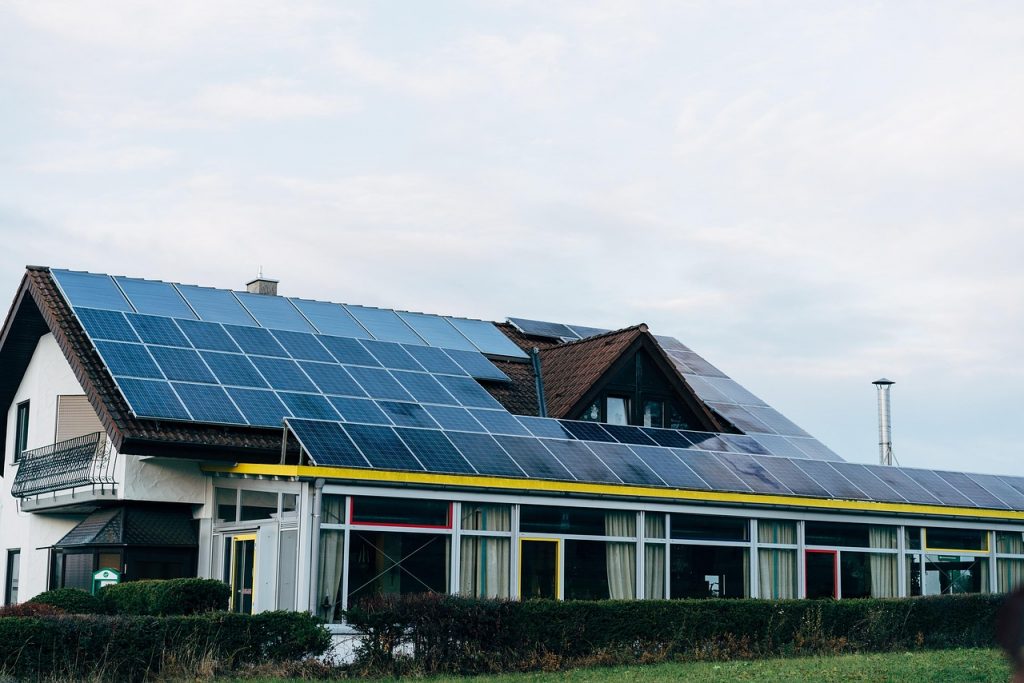
With energy costs rising and climate concerns growing, more Canadians are considering solar energy. But how exactly do solar panels work, and are they effective in Canada’s often cold and snowy climate? Let’s explore the science behind solar power and how to choose the best panels for your region.
The Basics: From Sunlight to Electricity
Solar panels convert sunlight into usable power through the photovoltaic (PV) effect:
- Photons (light particles) from the sun hit the solar panel and dislodge electrons in the cells.
- This generates direct current (DC) electricity.
- An inverter converts DC into alternating current (AC) electricity for household use.
This entire process happens silently, without moving parts, and produces no emissions.
How Much Sun Does Canada Get?
Although Canada is known for its cold winters, many regions receive enough sunlight to make solar worthwhile:
- Southern Alberta, Saskatchewan, and Ontario receive over 2,000 hours of sunshine per year—comparable to parts of Germany, a solar leader.
- British Columbia and Atlantic Canada receive less sunlight annually, but solar still works effectively with the right panel choice.
Importantly, solar panels still generate electricity on cloudy or snowy days, just at lower efficiency.
Best Solar Panel Types for Canada’s Climate
Given Canada’s long winters, cold temperatures, and snowfall, panel durability and low-light efficiency are crucial:
Monocrystalline Panels
- Highly efficient and space-saving.
- Perform well in cold, sunny climates, such as Alberta or southern Ontario.
PERC Panels (Passivated Emitter Rear Contact)
- Ideal for low-light or variable weather.
- Great in British Columbia, Quebec, or Maritime provinces.
Glass-Glass Panels
- Extremely durable and resist snow, hail, and freezing temperatures.
- Suitable for coastal and northern regions, including Atlantic Canada and parts of Manitoba.
Bifacial Panels
- Absorb light from both sides—especially useful when sunlight reflects off snow-covered ground.
- Best for open areas or ground-mounted systems in central and western Canada.
Output and Savings for Canadian Homeowners
A typical 6kW system in Canada can produce 6,500–9,000 kWh per year, depending on location. That could lead to $600–$1,200 in annual savings, especially if electricity rates continue to rise.
Financial support is available:
- Canada Greener Homes Grant: Up to $5,000 in rebates for solar installations.
- Greener Homes Loan: Up to $40,000 interest-free over 10 years.
- Net metering in most provinces allows you to receive credit for sending unused solar energy back to the grid.
Final Thoughts: Solar Power in the Great White North
Even in a cold, snowy country like Canada, solar power is absolutely viable. In fact, solar panels often perform better in cooler temperatures, provided there is enough sunlight.
By choosing the right panel type—whether monocrystalline for efficiency or bifacial for snow-heavy regions—Canadian homeowners can take a big step toward energy independence, environmental sustainability, and long-term cost savings.
Now is the time to explore solar energy, especially with national incentives supporting your investment.